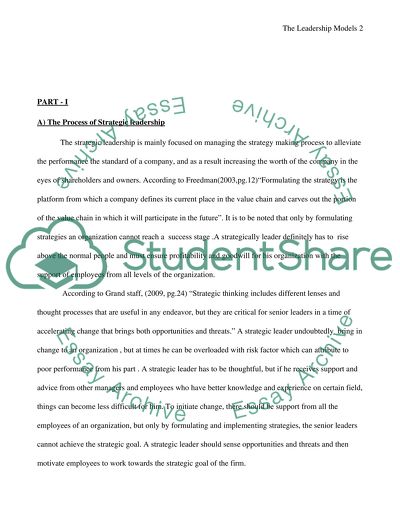Cite this document
(“Management : Strategic Leadership Assignment Example | Topics and Well Written Essays - 3250 words”, n.d.)
Retrieved from https://studentshare.org/family-consumer-science/1419190-management-strategic-leadership
Retrieved from https://studentshare.org/family-consumer-science/1419190-management-strategic-leadership
(Management : Strategic Leadership Assignment Example | Topics and Well Written Essays - 3250 Words)
https://studentshare.org/family-consumer-science/1419190-management-strategic-leadership.
https://studentshare.org/family-consumer-science/1419190-management-strategic-leadership.
“Management : Strategic Leadership Assignment Example | Topics and Well Written Essays - 3250 Words”, n.d. https://studentshare.org/family-consumer-science/1419190-management-strategic-leadership.


